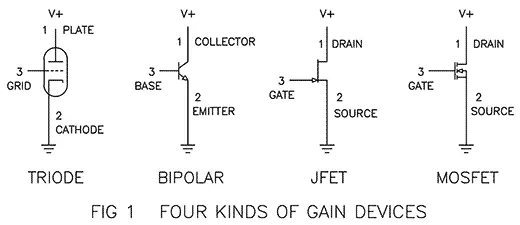According to marantz "The AV8805A features exclusive Marantz Hyper Dynamic Amplifier Module (HDAM) technology that provide ultra-fast slew rate, true wideband performance, and maximum dynamic range for optimum sound quality."
Is Higher Slew Rate Better? 6 Reasons Explained
In that link, higher slew rate would contribute to lower distortions, but the AV8805A has much higher distortions than the ARV-X8500H, anyway the key point is, yes slew rate needs to be high, but like most things, at some point it will be high enough such that higher won't make any different. There is no evidence that slew rate would be an issue for amplifiers that don't use discrete opamps such as Marantz HDAMs. Opamp ICs are used in very high end, very expensive preamps, dacs, power amps without suffering from slew rate related issues.
We all know what marketing hype is... Consider the fact that there are opamps and other ICs in the preamp/dac signal path, the "discrete" HDAM opamp situates near the end of the premap/dac signal chain, with at least one, or more opamp that is an IC, (not discrete like the HDAMs) before the signal hits the power amp input. So even if the slew rate of the HDAM module is infinitely high (that is impossible, but say it is), it cannot make it any higher than the part, whether is it one of the opamp upstream/downstream, volume control IC, switches etc.. It is simple logic. If Marantz uses such discrete opamps end to end then yes they have a great argument in terms of overall slew rate. They might have done that in their higher end integrated amps or power amps, or the new AV10, but not in their AV8805A, and/or prior year models. We know that because the information was available in the service manual that was available shortly after launch time.
Other than the HDAM factor, the AV8805 uses slow DAC filter that resulted in a slight roll off from about 8-10 kHz and dropped about 2.5 dB by the time it hit 20 kHz.
On the distortion side, I would reference Nelson Pass's findings as follow.
Nelson Pass has a great article on which harmonics people prefer, take a look of something he said:
Audiophiles seem to revel in minor controversies – vinyl vs CD’s, tubes versus solid state, capacitor, wires, magic dots… and negative feedback. At one extreme, the position is that “feedback makes amplifiers perfect”. At the other extreme, “feedback is a … Continue reading →
www.passlabs.com
Harmonic Distortion and Sound
Many audiophiles believe that 2nd harmonic is to be preferred over 3rd harmonic. Certainly it is simpler in character, and it is well agreed that orders higher than third are more audible and less musical. However when given a choice between the sound of an amplifier whose characteristic is dominantly 2nd harmonic versus 3rd harmonic, a good percentage of listeners choose the 3rd.
I have built many examples of simple 2nd and 3rd harmonic “types” of amplifiers over the last 35 years. When I say “types” I mean that they used simple Class A circuits described as “single-ended” versus “push-pull” and so tended to have a 2nd harmonic versus 3rd harmonic in the character of their distortion, but were not made to deliberately distort.
Anecdotally, it appears that preferences break out roughly into a third of customers liking 2nd harmonic types, a third liking 3rd harmonic, and the remainder liking neither or both. Customers have also been known to change their mind over a period of time.
I just find it interesting that you may in fact be a good example of, as you said:
"Sure it might not test as well on the bench, but the additional clarity speaks volumes for the marantz* brand"
May be those extra harmonics from the distortions could account for the "additional clarity". Regardless of the reasons, it is a good thing that you prefer it over the X8500H, otherwise I would imagine, that it wouldn't much of an upgrade for you. I only posted the info because you seem interested to know the reason for the additional details, though no one can know the real reasons for sure.
Aside from the HDAM effects, the AV8805A uses slow dac filters that resulted in roll off from about 8-10 kHz, dropping about 2.5 dB by the time it hit 20 kHz, though that only affect digital inputs at mostly for contents with 48 kHz and below, and high frequency roll off shouldn't give you the perception of additional details. So, I think (could be wrong for sure), harmonic distortions is still the more likely reason.
You can visually compare the harmonic profiles of the AV8805A vs AVR-X8500H:
Note that the 3rd harmonics for the Denon was almost 20 dB lower, at -110 dB, I doubt even those with superb hearing could hear its effect, but at -92 dB, you may hear such low level harmonics and might perceive that as the "additional details".
AV8805A AVR-X8500H
By the way, I assume you are using XLR outputs, but which power amplifiers are you using? That could potentially be a reason too.


